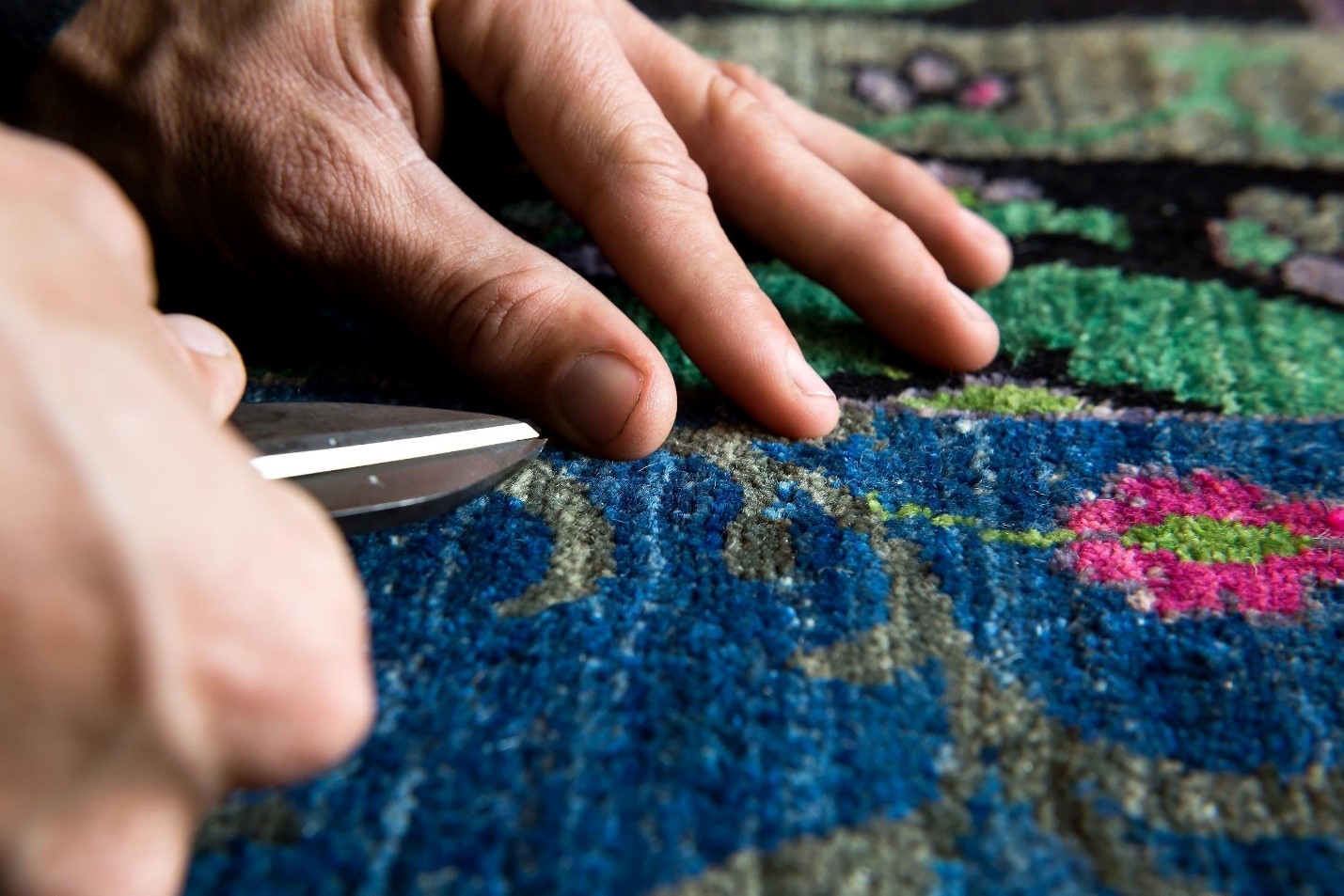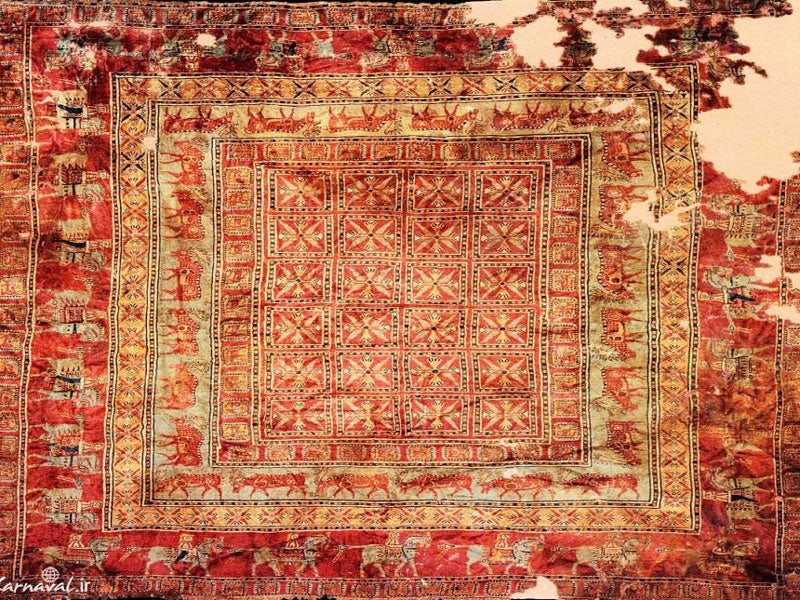The process of creating handmade custom rugs has remained largely unchanged for thousands of years and is known only to skilled craftspeople in certain parts of the world. The result is an intricate, complex work of art that can last for generations.
If you are interested in learning more about the evolution of making these one-of-a-kind rugs, keep reading!

What Exactly Is It?
To be considered a handmade Oriental rug, a rug must be hand-knotted in Asia.
The largest exporters of Oriental rugs include Pakistan, Iran, China, India, Russia, Turkey, Tibet, and Nepal. Among these countries, only rugs made in Iran can be referred to as Persian rugs.
Early Beginnings
The history of handmade custom rugs is closely tied to the history of human settlement, with the first handmade rugs believed to have emerged from basic human needs such as warmth, a sleeping mat, a shroud for the dead, and a bag to carry belongings.
These early rugs were functional and served to protect people from sand, wind, and rain.
Due to the practical nature of the first rugs, it is difficult to accurately date and locate the earliest examples of rug production.
While the artistic and decorative aspects of rug creation developed in later centuries, rumor has it that early rugs were imbued with spiritual significance.
Weavers incorporated symbols from their belief systems, motifs from their surroundings, and patterns that reflected their emotional state into their work.
This gives each handmade custom rug a unique spirit. As the quality and design of rugs improved, they likely gained economic value for the weavers.
It is believed by some scholars that hand-knotted rugs predate the Egyptian pyramids. While their exact origins are unknown, it is likely that the first rugs were made several thousand years ago in the Central Asian Plains.
Nomadic tribespeople used rugs to protect themselves from the cold in winter, as a source of warmth on surfaces in their homes, and as a means of protection from elements like snow and sleet on parts of their tents.
Rugs were also used as surfaces for eating and for transporting goods.
The extreme durability and versatility of wool made rugs practical and functional utility that could be repurposed repeatedly.

Above: The Pazyryk carpet is the oldest known rug in the world. It was discovered in the tomb of the Prince of Altai in the Altai Mountains of Siberia in 1948.
Radiocarbon testing has determined that the Pazyryk carpet was woven in the 5th century B.C., making it approximately 2500 years old. However, the construction techniques used in the rug are thought to be over 4000 years old.
The Process of Creating Handmade Rugs
The process of creating handmade custom rugs begins with the selection of wool, which can be either hand-spun or machine-spun.
Hand-spun wool is prized for its luster and shine, while machine-spun wool is known for its traditional, sophisticated appearance.
Once the wool is chosen, it is dyed using natural vegetable dyes, which provide a grainy, organic texture that complements the wool itself. Chemical dyes, which produce a more artificially perfect look, are not used.
After the wool is dyed, the weaver works with a designer to pitch a pattern for the rug.
Weavers and designers communicate using Taalim, an ancient language passed down from Iran that is only used in Iran and Pakistan (though weavers in other countries and regions have their own, similar languages).
Taalim serves as a map for the entire rug, including the pattern and the colors to be used.
The designer uses the Taalim as a guide to sketch out the design on graph paper. Once the design is completed and approved, it is sent to the loom to be created.
The craftspeople at the loom use Taalim to translate the graphed pattern onto the actual rug. Once this is completed, the raw rug is washed to achieve the desired texture and appearance.
The washing process can take anywhere from 2-3 weeks and involves multiple washers.
Finally, the custom rug undergoes a final quality assurance process to ensure that it is pristine and ready for sale.
Today, the art of hand-knotted rug making is widely recognized around the world and has become an important part of home decor. With a rich history behind them, these fine rugs also have a collectible value and are seen as a sound investment.
Whether used for practical or decorative purposes, whichever custom rugs you buy will add value to your home.













